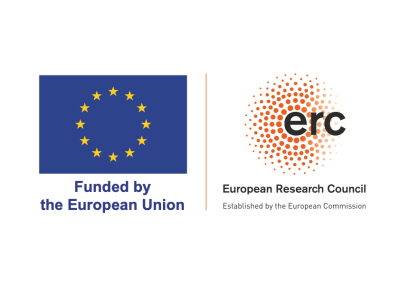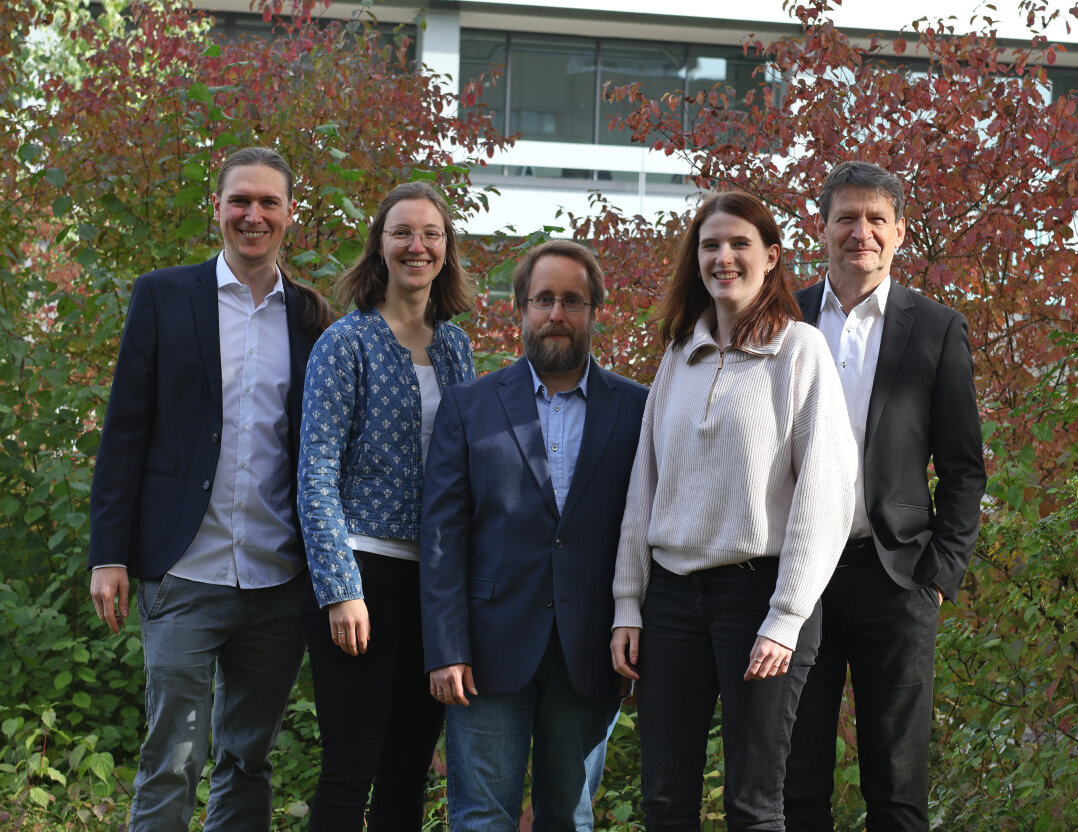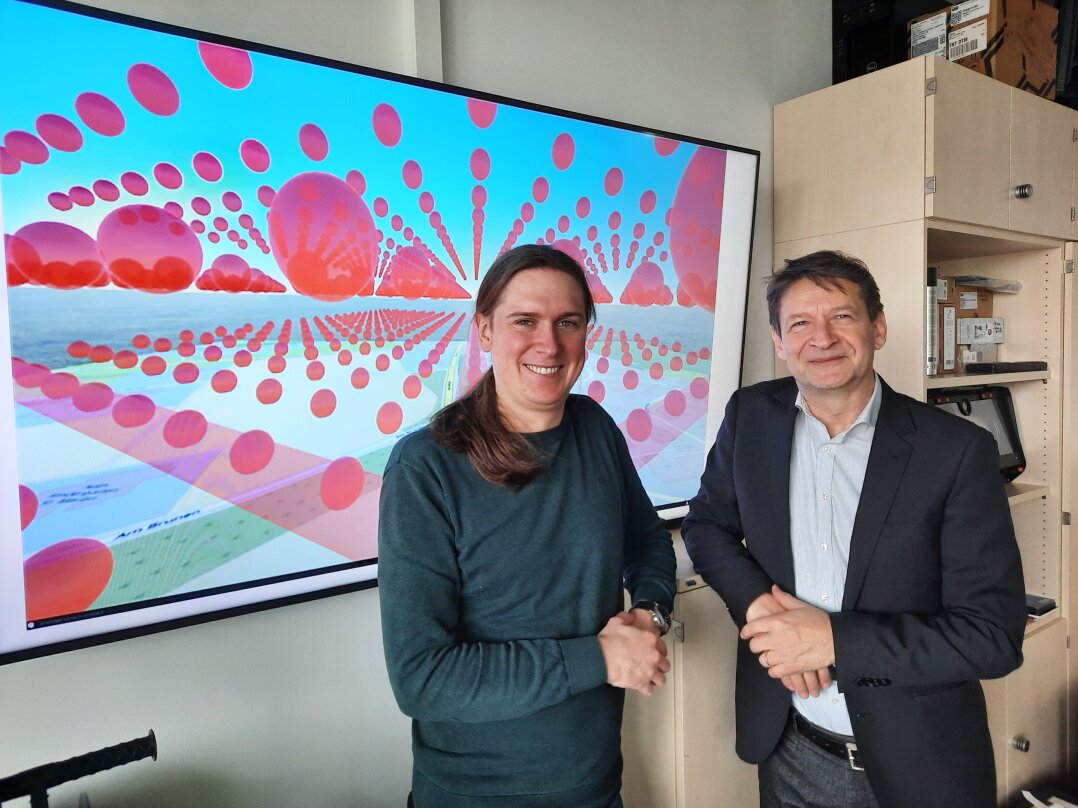The aim of the research project is to develop navigation systems that improve people's mental spatial representations. In order to achieve this, map design features will be identified that stimulate brain cell structures necessary for spatial understanding.
As people become more mobile, navigation systems in cars or mobile phones are playing an increasingly important role in spatial orientation. However, the "cognitive map" created in the user's mind when using such navigation devices is much more fragmented, incomplete, and inaccurate compared to the mental model of space created when reading a traditional printed map. As users become more dependent on digital devices that reduce orientation skills, there is an urgent need to develop more efficient navigation systems that promote orientation skills.
In order to improve the performance of navigation systems (e.g. with head-up displays), the research project aims to develop a theoretical framework based on recent neuroscientific findings. Navigation and orientation processes are aimed to be directly linked to internal capacities of the brain while moving through an environment. Since neuroscientific results show that the firing of grid cells is influenced by environmental stimuli such as walls or boundaries, it is expected that the activities of grid cells in the brain can be stabilized by map elements. Linking map-based navigation with neural mechanisms that play a crucial role in human orientation could thus significantly accelerate the construction of mental spatial representations. Reading maps will then require no additional cognitive effort or time resources from users while navigating. In contrast to current navigation systems, it is therefore expected that navigation systems that use this new approach will have an immediate positive impact on the orientation and driving safety of their users.
Project Info
Project Period: 2024 - 2028
Proposer:

To identify suitable map elements that can be implemented in navigation systems, a series of empirical studies is planned to be carried out using functional magnetic resonance imaging (fMRI), electroencephalographic (EEG) measurements, virtual reality (VR) and behavioral studies (eye tracking). The gained insights could significantly change our understanding of navigation and map reading processes.
The impact on human orientation skills can be significant as the project results apply to the entire spectrum of cartographic visualizations, e.g. those used in cars, airplanes, or on mobile devices. In addition, the new cartographic approach could also offer a valuable navigation aid to older people who suffer from increasing orientation difficulties.
